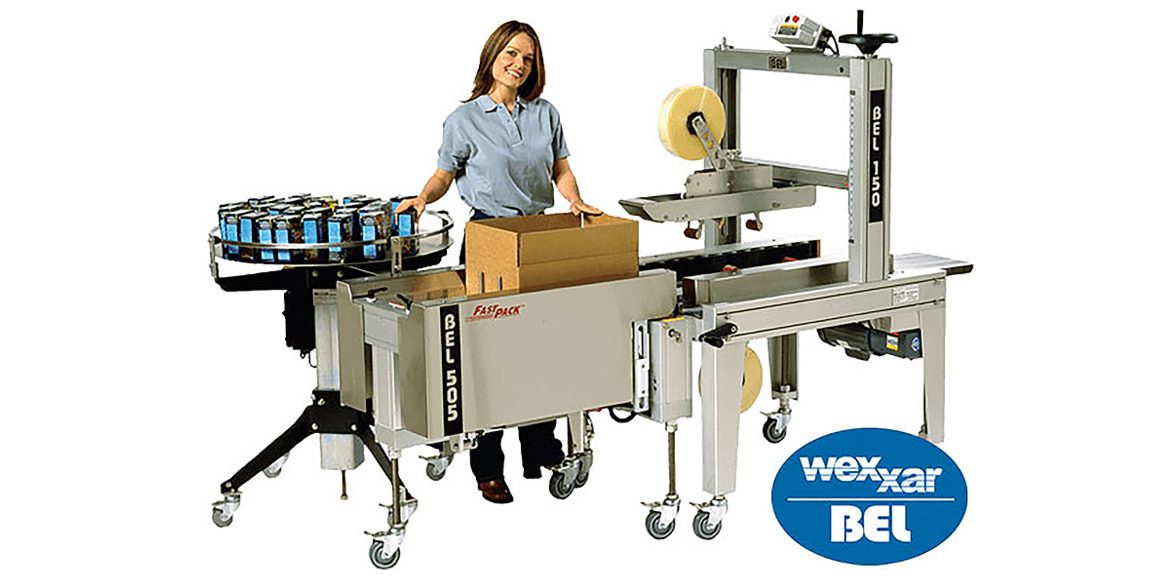Often, we come across clients who dump labor into their packing operations just so they can keep up with processing equipment upstream. They’ve often invested heavily in processing equipment, and naturally they feel compelled to weave straw into gold as quickly as possible.
But of course it really doesn’t matter how fast they run the front of the line, if they can’t get the stuff packed up and shipped out to paying customers. So as they seek to run processing at full bore, they add bodies to the packing operation like men added to a bucket line to control a raging fire. One major symptom of the problem is a packing area littered with stacks of pre-formed, hand-made boxes that were erected during off hours to keep up with the packing operation.
Of course, these folks can always consider automated case erecting, packing and palletizing. But automating these end-of-line processes is expensive; and the equipment is often inflexible and requires a fairly high degree of technical competence for changeover, set-up, maintenance and repair.
So whereas full automation at the end of the line isn’t always viable, a good semi-automatic packing station often provides a practical solution to many of these applications.
Many medium to small processors and manufacturers safely pack more cases, with fewer people, producing a higher quality of product by instituting simple, reliable, semiautomatic packing stations. These stations are compact and flexible enough to handle many different products with minimal changeover. The manageable investment in such equipment paves the way for fast ROIs.
BELCOR, now a subsidiary of Wexxar, pioneered this technology in the early 1990’s developing the original BEL505 semiautomatic case former to anchor packing stations that made it possible for one operator to do the work of three. Wexxar has developed the innovation over the long years to service a very wide range of applications.
These systems allow for a minimum number of operators to safely form, fill, seal, code and palletize cases of goods. They are characterized by simple operation, low maintenance, product flexibility, and the ability to move the entire system in and out of line easily as needed.
Typically, such a station consists of four main components – a case former; a case sealer; a coder or labeling station; and ergonomic case accumulation to aid palletization. Often, the entire system is attached as one unit and made mobile with casters.
A semiautomatic case former, like the industry standard BEL 505, mechanically folds all four bottom flaps of an RSC and then holds the newly- formed case steady while an operator packs it. There is a variety of options available including a unit that tilts the box toward the operator to pack difficult product or oversized versions for very large boxes. The former is a critical part of the system where the quality of the machine is paramount to system success.
A case sealer (or taper) is a machine that applies pressure sensitive tape to the top and bottom of the box as it passes through. There are many options here as well. For instance, Wexxar BEL makes a compact, but robust taper that automatically, and very safely, closes all four of the top flaps of the box as it passes through for increased process speeds.
A coding/labeling station is frequently employed as the case exits the case sealer, either applying a label or ink-jetting product information directly onto the case. The coding/labeling operation will often necessitate a small, dedicated powered conveyor.
Flexible accumulation of finished cases is an integral part of every system. The most common choice here is a gravity or low-backpressure conveyor that is capable of collecting many completed cases at an ergonomic height for hand palletizing.
The payback afforded with the semiautomatic packing is significant. An initial investment in quality-build machinery is well rewarded. The infinite flexibility of these systems and the low cost of maintaining them, make them valuable for many years. There are many systems in the field that have been cranking out product for decades.
If your packing area is filled with more people and pre-formed empty boxes than finished, shippable product, then take some time to investigate semi-automatic packing stations. They have a long, solid track record. There are many on line resources to explore including YouTube videos (use keywords BEL505; semiautomatic pack), equipment provider websites and their qualified servicing distributors.
For more information or to consult with an expert please contact us
Written by Gary Paul, Packaging Equipment Specialist at Paper Products Company Inc.







